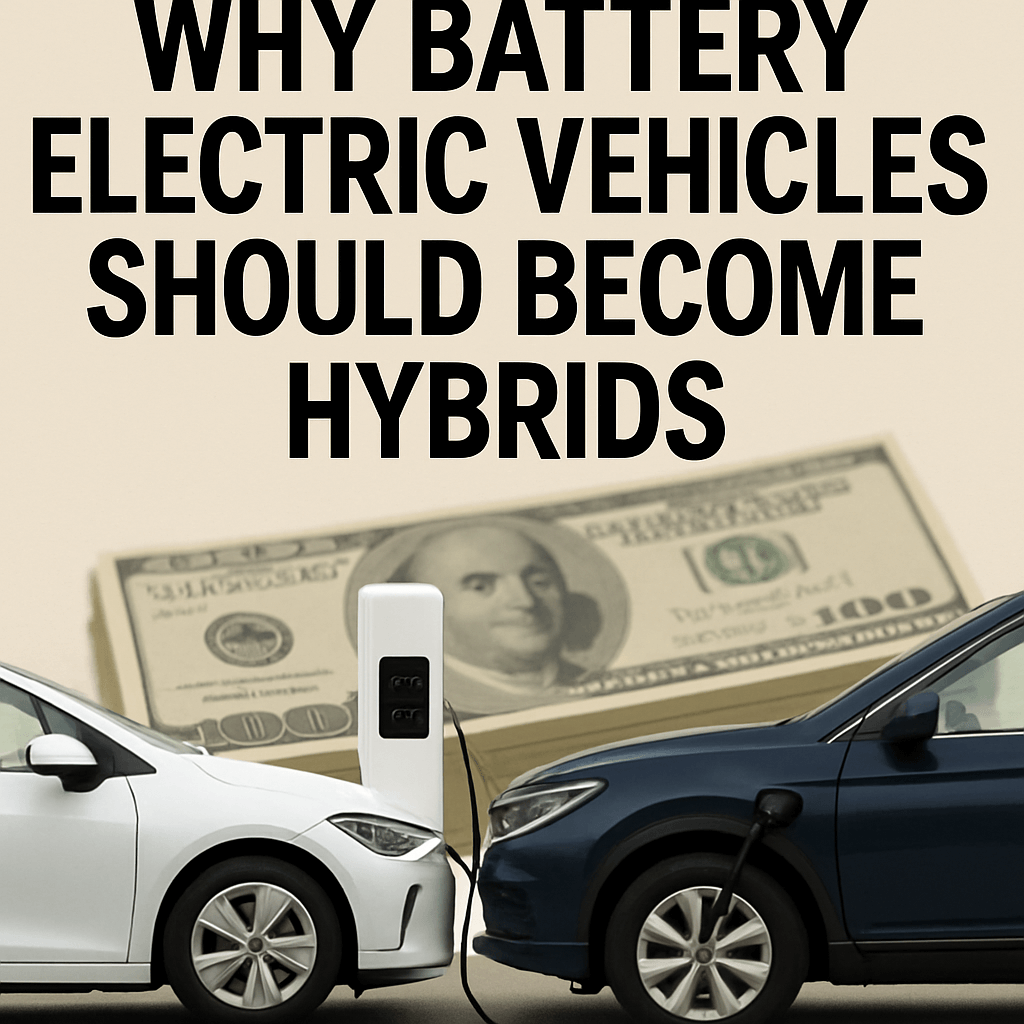Why Battery Electric Vehicles Should Become Hybrids

Between 2021 and 2023, global automobile manufacturers committed a staggering €265 billion towards the development of electric vehicles (EVs), battery technologies, and charging infrastructures. Initially, many automotive leaders anticipated that battery electric vehicles (BEVs) would entirely replace hybrid and internal combustion engine (ICE) vehicles in the marketplace.
However, evidence suggests that hybrids have not only maintained their presence but are thriving in the automotive ecosystem. According to the International Energy Agency (IEA), global BEV sales grew by an impressive 13.7% in 2024, amounting to 10.8 million units sold worldwide. In tandem with this growth, plug-in hybrid electric vehicle (PHEV) sales soared by 54.8%, reaching 6.5 million units.
This burgeoning interest in hybrid vehicles indicates that they are likely to coexist with BEVs for the foreseeable future. Consequently, the strategies formulated by manufacturers, which presupposed a BEV-dominated market, require reevaluation. Given the vast financial resources committed to these plans, retracting investments is not an option. Moreover, this presents a significant opportunity to simultaneously electrify the industry and mitigate global vehicle emissions.
The Automaker’s Conundrum
This year, an innovative solution was proposed at the Shanghai Auto Show, suggesting that automakers should pivot their focus from purely BEV models to developing hybrids that utilize BEV architecture. Such a strategy may appear paradoxical but could serve as an optimal route towards enhancing BEV acceptance while reducing emissions.
Historically, the automotive sector has operated under a unifying principle: the belief that the market would gravitate towards a single powertrain framework. The latter part of the 20th century was dominated by ICE vehicles, whereas the earlier 21st century has seen a push towards BEVs. However, this has led to an oversimplified assumption that all mass-market vehicles would ultimately adopt the same powertrain configuration.
Complexity in Automotive Manufacturing
The complexity of manufacturing various powertrain types—such as ICEs, hybrids, and BEVs—presents distinct challenges. Each powertrain demands unique components, raw materials, expertise, and production processes. Manufacturers face substantial costs when trying to diversify their offerings, often forcing them to concentrate resources on complex under-the-hood systems that consumers may overlook.
Despite the sound logic underpinning this supply-side perspective, it overlooks market realities. The demand for combustion and hybrid designs has proven more resilient than initially predicted. It is now anticipated that by 2035, vehicles powered by ICEs will continue to represent at least 50% of global vehicle sales.
A Reassessment of Hybrid Vehicles
Faced with this persistent demand, automakers face a dilemma: allocating resources toward BEV development and production or catering to the ongoing consumer interest in hybrid and ICE models. This